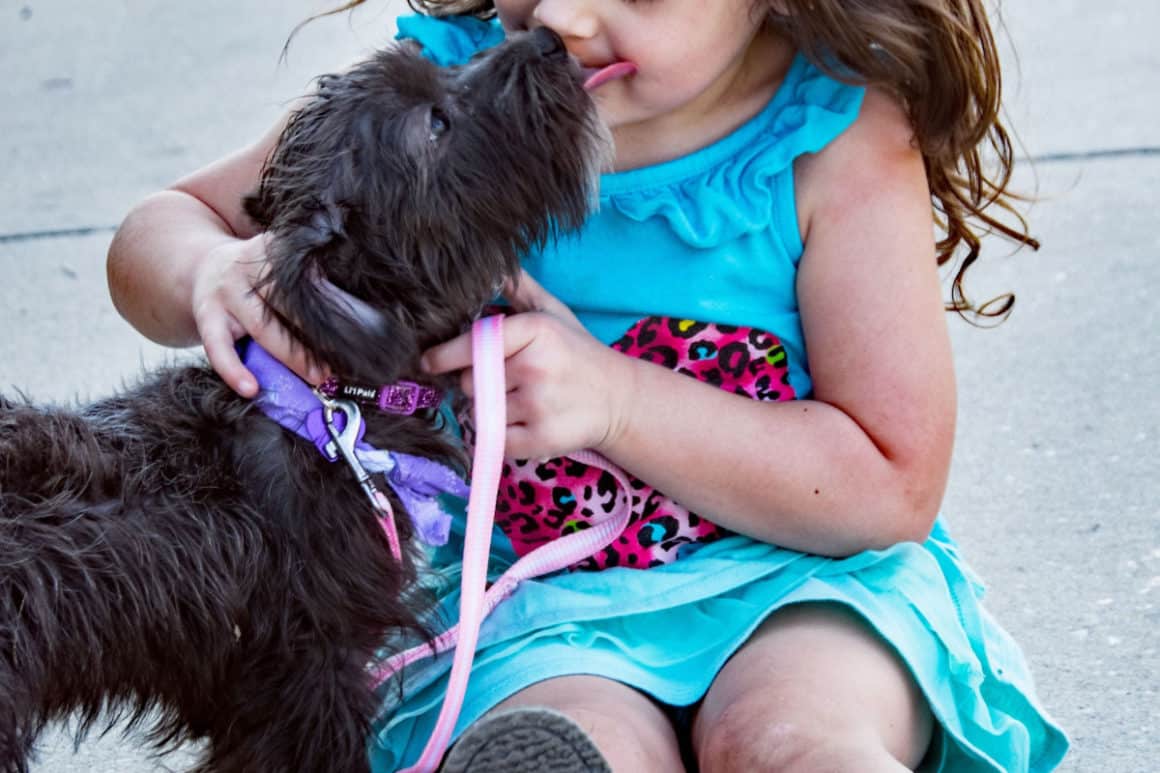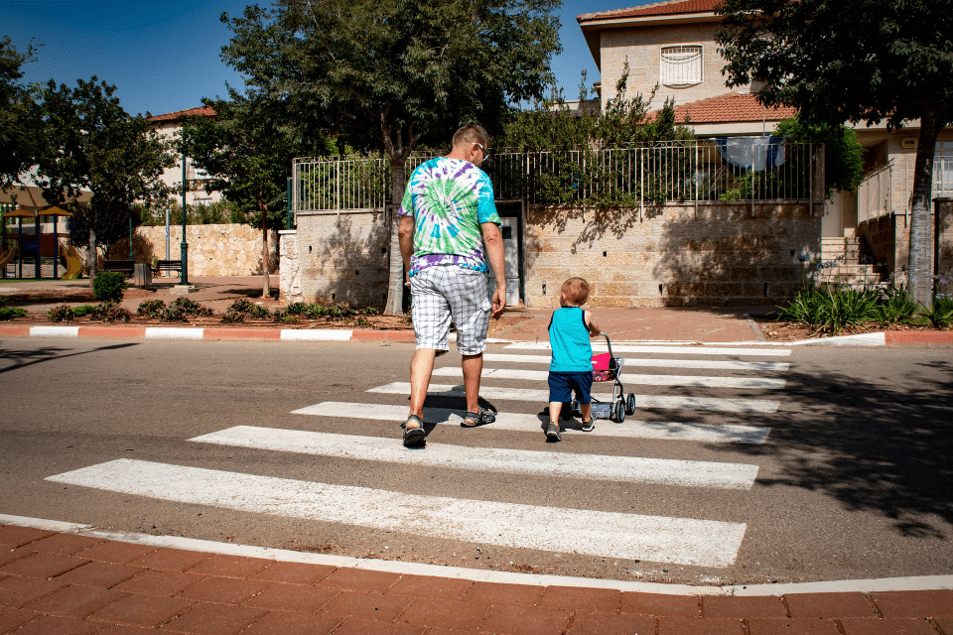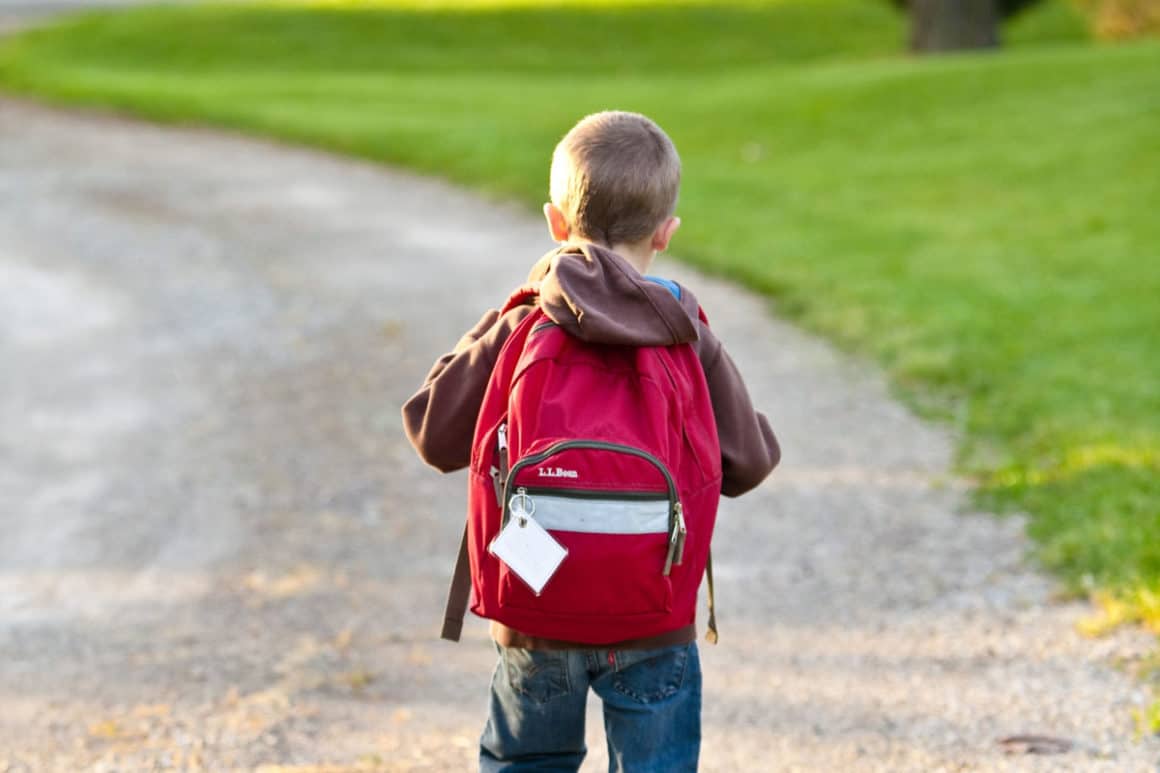The sun has finally reappeared after days of rain, and your kids are ready to bolt out the door. Rather than just turn them loose in the garden, suggest a walk to the park for the whole family, including grandparents.
Not only will it be a good exercise for everyone, but the excursion is also a great excuse to reinforce pedestrian safety — and a chance for the children to bond with Nana and Grandad.
Making it Fun and Healthy

Childhood obesity is on the rise in the UK. Not only is it unhealthy for children, it means it’s more likely they will be overweight as adults. During the 2018-19 school year, the National Health Service reported that 20.2% of children were obese, including 4.4% who were severely obese, the highest since the survey began in 2005. So finding ways to pry your kids off their screens and outside to exercise is imperative.
Having a fun destination in mind, such as a playground, before heading out the door will help get your kids enthusiastic for the excursion. If you have a dog, that’s another good reason to get the family on one or more walks a day. And if you have older children who walk the dog alone, your pooch can add a layer of protection.
You can turn walking into a competition by using a pedometer or fitness meter to see who gets the most steps. Another way to ramp up enthusiasm for walking is entering charity walkathons, where they will help raise money for a cause they’re passionate about and earn a medal, T-shirt, or another prize for participating.
Crossing Streets

The first rule of the road is to stay off them — until it’s time to cross. It’s imperative that your kids stay on the sidewalks. And if a street has no sidewalks, try to find a nearby parallel route that does. If it’s impossible to avoid walking on the road, always face traffic.
Once you get to an intersection, it’s time for everyone to pay close attention to their surroundings. If your kids have phones, make it a rule that they must be put away when it’s time to cross a street.
Jaywalking is also a big no-no. Make sure you model correct crossing safety by not cutting across the middle of a block just because your destination is direct across the street. A car may make a sudden turn or come barrelling down the street before you make it to the other side. Cross only at crosswalks or at a corner.
Children as young as 2 can learn to tell a red light from a green light, so it’s a good idea to start young in letting them know that red means stop. The crossing should only be started as soon as the light turns green. Dashing across the street just before the light turns red again means you run the risk of still being in the street when the light turns green for oncoming traffic.
Another rule you should institute is to look right, then left, and right again before crossing to ensure there aren’t turning cars coming into your path and that there are no cars speeding through light or stop sign. Especially when crossing at an intersection with stop signs, it’s a good idea to make eye contact with the stopped driver just to ensure he’s aware of you.
Also, teach your kids that while cars drive on the left side of the road in England, they drive the opposite way in many European countries and the U.S. So when travelling you all need to think twice about the direction of traffic when crossing streets.
Special Concerns for Seniors

You may have noticed your parents are walking more slowly and may not have the quick reflexes they once did. That means they may have difficulty crossing wide streets with short signal times and are slower to react if they need to get out of the way of a car. Cataracts and other vision issues may also mean they don’t see hazards such as potholes or uneven sidewalks and can trip. If their hearing isn’t as acute as it once was, they may not hear an approaching car, either. Because older adults take longer to heal, injuries in pedestrian accidents are generally more serious.
To ensure safety for all members of your family on the walk, encourage grandparents to wear their glasses or hearing aids. If they have mobility problems, using a cane or walker will help with stability. Also, if they get tired crossing a street, encourage them to keep walking to ensure their safety.
Street Smarts

At some point, your kids are going to request to go for a walk on their own, maybe to the park or to school. They may first be ready for a short walk on side streets that don’t require crossing many. A generation ago, 70% of UK school children walked to school; today less than half that do, according to Living Streets, a charity that encourages walking. While there’s no set rule for how young children walk by themselves, the American Academy of Pediatrics advises that children are not ready to handle unforeseen emergencies until they are between 9 and 11 years old.
Whether walking on their own or with you, teaching your kids to understand potential dangers is also important. The first rule should be to never talk to strangers, especially those requesting they get into cars with them. On your walks, you may encounter panhandlers and homeless people. This can be a good teaching opportunity to talk to your children about poverty and the causes of homelessness, but also that should generally ignore requests for donations and ask an adult for assistance if they are being harassed.
New types of cars present new challenges for pedestrian safety, as well. Many electric or hybrid vehicles are nearly silent, reinforcing the necessity of looking both ways before crossing a street. The advent of self-driving cars is another challenge. Some require a driver to step in in case of emergency, while others are completely autonomous. But they aren’t always perfect. Their software can fail, leading to accidents, and they could be hacked, causing the car to move in unpredictable ways.
Taking a walk as a family can offer bonding time for everyone, from toddlers to grandparents. You’ll also reap health benefits as well — as long as you pay attention to basic pedestrian safety rules, particularly when crossing streets. Walking as a family gets kids ready for heading out on their own, so this is a good time to instil basic street smart rules like not talking to strangers and staying off their phones while walking. So lace up your shoes and step outside.

